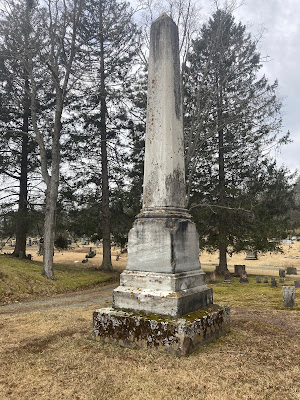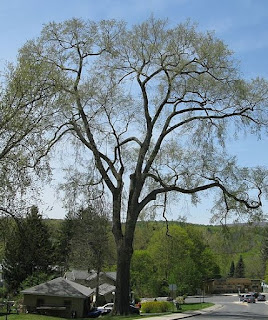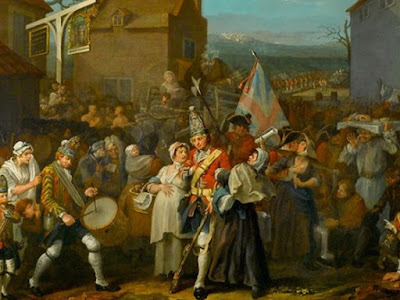Lost Names - “East Mountain and Patreidge Field”

On October 25, 1777, the British column of the Convention Army marched through a region with place names that have changed considerably since that day. “This morning we Set out [from Pittsfield] march’d through the East mountain and patreidge field.” noted Private David How, one of their guards with the Massachusetts militia. [1] It's unclear from what I've read as to exactly where East Mountain was (or is). Partridgefield, which the British prisoners and their guards would all pass through after leaving Pittsfield , was one town in 1777, and just six years old. Now it is three towns, Dalton (incorporated in 1784), Hinsdale (incorporated in 1804), and Peru, allegedly renamed as such in 1806 : "because it is like the Peru of South America, a mountain town, and if no gold or silver mines are under her rocks, she favors hard money and begins with a P." Regardless, their march on the 25th would not be easy. When the British column reached Partridgefield, seen he



